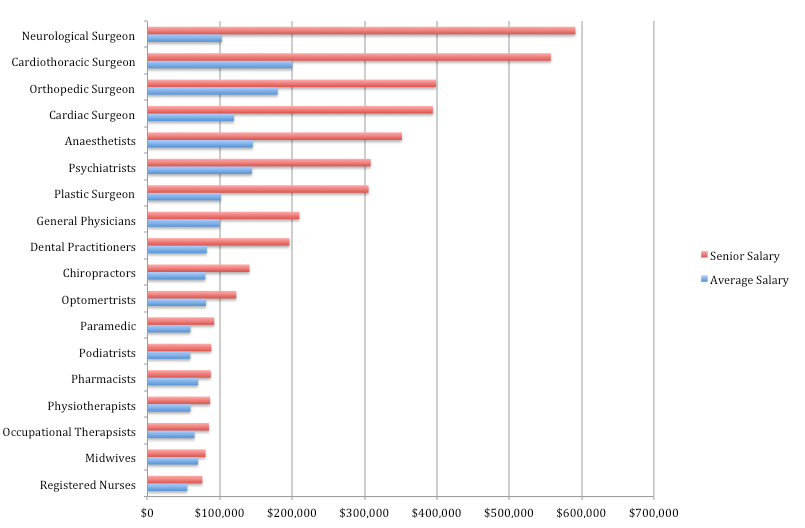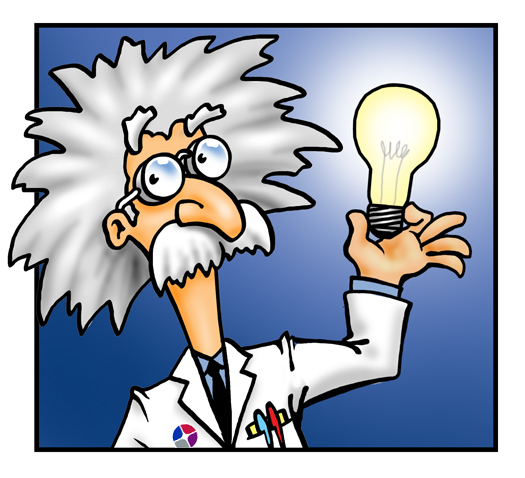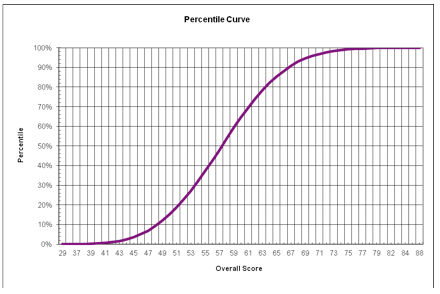Salary of Australian Doctors
Re: Salary of Australian Doctors.
Doctors are considered to be one of the best paid professionals in Australia. They are rewarded with generous salaries due to their great responsibility for the health and wellbeing of the general population.
The following chart has been produced by Business Insider and shows the salaries of different Australian specialists. Both the average salary and the senior salary are shown.
This table should only be used to make comparisons as salaries will differ depending on location, experience and public/private practice.





